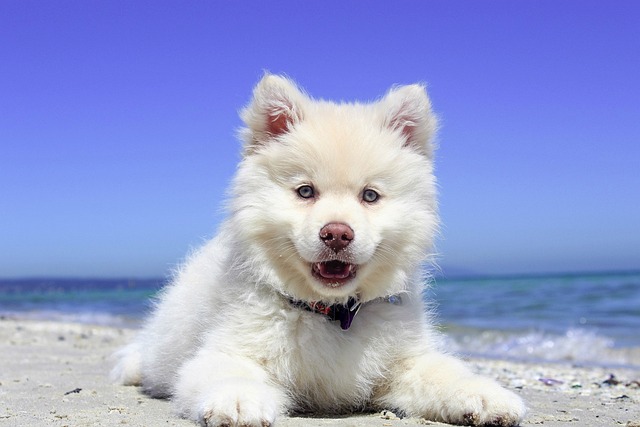
How do i train my dog to be obedient?
Watching your dog dart across the park ignoring your calls isn’t just frustrating—it can put them at risk near busy streets or public spaces.
You’re halfway through your morning walk in a Chicago park when your otherwise sweet Labrador suddenly tenses up, eyes locked on a distant poodle. Before you know it, they’re barking, lunging, and yanking at the leash—leaving you breathless and confused. Why is my dog like this? If you’re a new dog owner in places like New York City or suburban Atlanta, this scenario might feel familiar, and understanding the “why” is the first step to helping your pup.
Reactivity—when dogs overreact to other dogs with barking, growling, or pulling—rarely stems from aggression alone. More often, it’s a mask for fear, frustration, or poor socialization. Think of it like a person panicking in a crowded room: your dog’s brain is screaming, “I don’t know how to handle this!” Puppies that didn’t meet enough dogs by 14 weeks old (a critical socialization period) might see dogs as threats. Rescue dogs with unknown pasts might associate other dogs with past trauma. Even well-socialized dogs can become reactive if a scary incident, like a sudden growl from another dog, triggers a “fight or flight” response. My neighbor’s rescue Greyhound, Zara, used to cower when a German Shepherd barked at her; now she barks first out of fear, a classic case of reactivity born from anxiety.
So, how do you address it? Start by avoiding punishment—yanking the leash or scolding only amps up their stress (and goes against the U.S.’s emphasis on positive training). Instead, use “desensitization”: when you spot another dog from far away (where your dog is still calm), give them a high-value treat (think: chicken bits or cheese). This teaches them, “Other dogs = good things happen.” As they get used to it, gradually shorten the distance, always stopping if they start to react. A friend in Los Angeles used this with her reactive Pomeranian, Lily—after three months, Lily could walk past another dog without lunging, thanks to consistent treats and patience.

Leash choice matters too. A harness distributes pulling pressure without choking, making it easier to guide your dog without hurting them. Avoid “choke” or “shock” collars; they’re not only cruel but increase fear, worsening reactivity. When walks get overwhelming, try off-peak times—early mornings or late evenings in quieter parks—to reduce triggers. And remember: even if your dog is reactive, always clean up after them in public areas. In cities like Seattle, failing to scoop poop can land you a $250 fine, and responsible ownership starts with respecting your community.
Legally, keep those rabies vaccinations up to date (required in every state). A reactive dog is more likely to interact aggressively, and proper vaccines protect everyone involved. If you live in an apartment, practice calm “hellos” with neighbor dogs on leash—short, positive interactions can build confidence. And never force your dog to “meet” another dog if they’re clearly stressed; a gentle “let’s go this way” is kinder and more effective than pushing them past their limit.
At the core, reactivity is a cry for help, not bad behavior. With patient, reward-based training, you can teach your dog that other dogs aren’t something to fear. Walks should be a joy for both of you—and with time, they will be.

Watching your dog dart across the park ignoring your calls isn’t just frustrating—it can put them at risk near busy streets or public spaces.

New puppy owners often find themselves rushing to clean up accidents before they set in, and that’s where puppy pad training becomes a game-changer.

If you've noticed your dog's waistline disappearing and your veterinarian has mentioned those few extra pounds, your first instinct might be to simply reduce the amount of food in their bowl.

Training a dog to use a designated spot indoors isn’t as daunting as many new owners fear, but it does take consistency and an understanding of your pet’s needs.

That moment of dread on a walk is all too familiar for many new dog owners. You see another dog approaching down the sidewalk of your neighborhood

If the sight of another dog on your neighborhood walk makes your heart sink as your own dog erupts into a frenzy of barking and lunging, you're not alone.